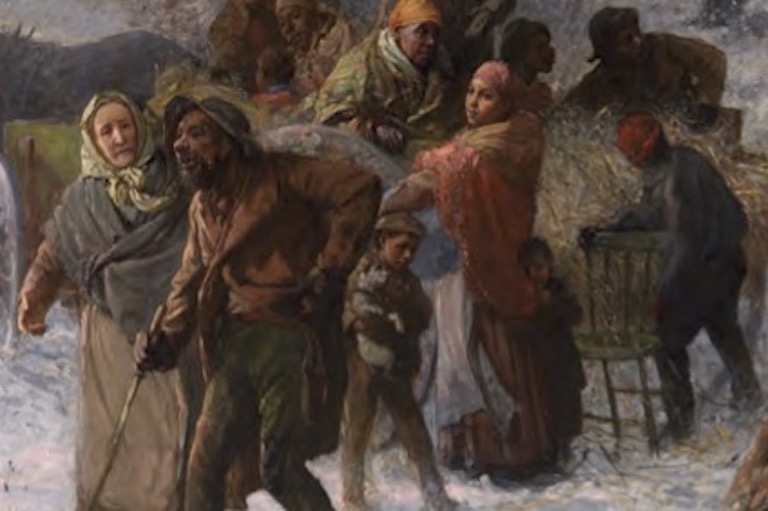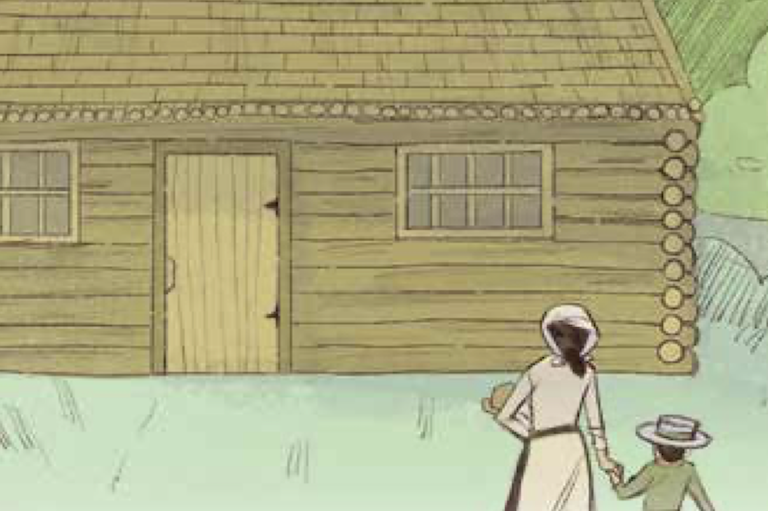Discover a wealth of interesting, entertaining and informative stories in each issue, delivered to you six times per year.
The Battlefield Landscape of the First World War
Grade Level: 3/4, 5/6
Subject Area: Social Studies
This lesson plan uses the article “Fighting for Freedom” by Stephen Sharpiro on pages 8–13 of the 2016 Remembrance Day digital issue of Kayak: Canada’s History Magazine for Kids.
Lesson Overview
In this lesson students explore several seminal Canadian First World War battles with an emphasis on the experiences of soldiers in the trenches.
Time Required
1 – 2 lessons
Historical Thinking Concept(s)
This lesson plan uses the following historical thinking concepts: use primary source evidence and take historical perspectives.
Learning Outcomes
Student will:
- Recognize the physical landscape for Canadian soldiers in the trenches of the First World War.
- Distinguish the similarities and differences for Canadians in the battles of Ypres, The Somme, Vimy Ridge, and Passchendaele.
- Compose a letter taking the historical perspective of a Canadian soldier at the battle of Passchendaele.
Background Information
Historical topics covered in this lesson are the First World War, trench warfare, and battles of Ypres, The Somme, Vimy Ridge, and Passchendaele.
The Lesson Activity
Activating:
- Divide the class into groups of three or four; distribute the 2016 electronic Remembrance Day issue of Kayak: Canadians History Magazine for Kids as a print out, on a laptop or other electronic device
- Draw the students’ attention to the First World War battles on pages 10 and 11: Ypres, The Somme, Vimy Ridge, and Passchendaele
- Assign each group a battle to read about; give them several minutes to read and discuss in their groups
- Check for understanding by asking: Describe what you see in the photographs [soldiers wearing gas masks, muddy trenches, soldiers looking down a ridge; shell hole, etc.]
Acquiring:
- On the whiteboard write the names of the four battles as column headlines; note the month/year of the battle.

- Hold up the battle descriptor cards one at a time. Explain that these words describe the battlefield experience.
- Ask: based on your readings, where best does this card fit?
- Affix the card under the column the students chose
- Ask: do you think these words apply to the First World War battle experiences as a whole? What do you think life was like in the trenches for Canadian soldiers?
- Draw the student’s attention to the column marked “Passchendaele.” Read the battle descriptor cards in that column [TRENCHES, MUD, RAIN]
- Read aloud the Passchendaele section on page 11.
- Ask: What conditions made the battlefield at Passchendaele a horrible morass for Canadian soldiers? Consider: Date [1917 – the war had been going on for three years]; Month [October brought incessant rains and cold].
- Ask again: What do you think life was like in the trenches for Canadian soldiers?
Applying:
- Instruct students to take the perspective of a Canadian soldier in the First World War and write a letter home to a friend of relative describing their experiences in the trenches on the Western Front.
Materials/Resources
- Battle descriptor cards: on several large pieces of paper write these words: POISONOUS GAS, BARBED WIRE, ARTILLERY SHELL FIRE, UNDERGROUND TUNNELS, TRENCHES, MUD, and RAIN.
- Several copies of the 2016 Remembrance Day digital issue of Kayak: Canada’s History Magazine for Kids.
Extension Activity
- Post the students’ letter as part of a class bulletin board display alongside photographic images of First World trenches.





